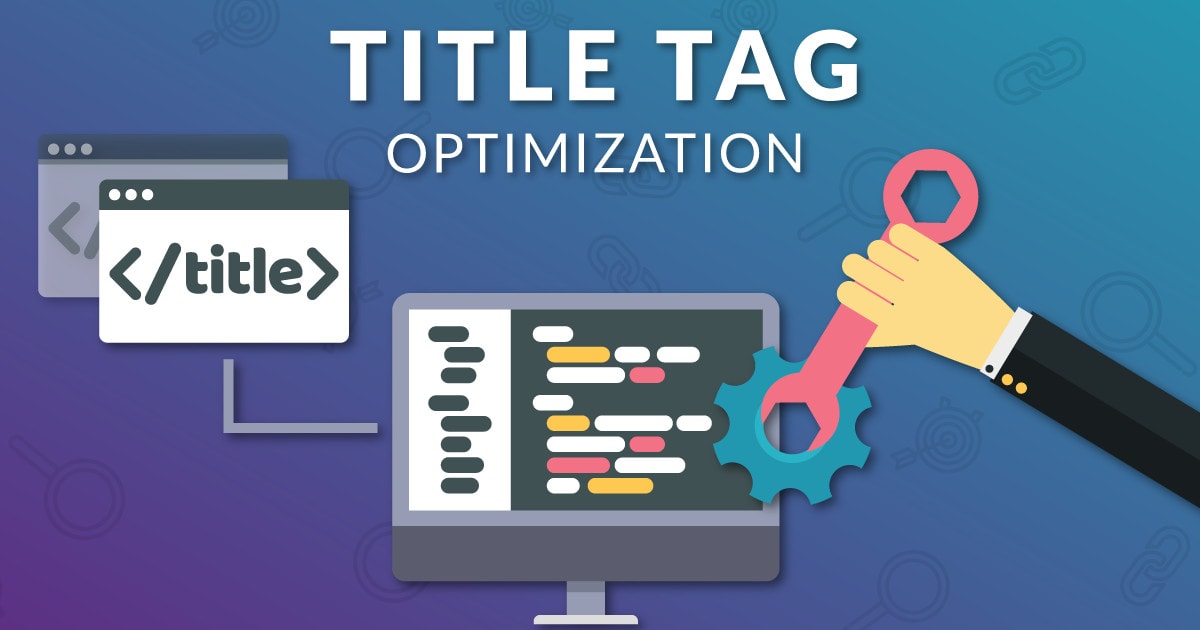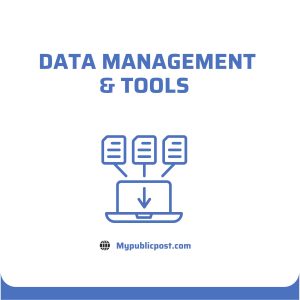Title Tag
A title tag uses keywords to identify a PDF file. The title tag is the document title that appears at the top of the browser window while a visitor is viewing the PDF file. This should be the first line of text that the visitor sees before they click on the link to the PDF.
In its basic form, a search engine index can identify only the title tag on the PDF. For example, the following document is indexed by Google with the title tag “SEO Techniques – Search Engine Optimization Tips.” While this page is indexed, there are numerous other SEO meta tags that are not listed by Google, including the keyword tags. Adding the keyword tags, and the meta tags will help improve the positions of the PDF, so it will appear higher in search results.
There are two forms of meta tags
- The Content meta tag
This is a list of keywords related to the document. It is a simple list of the top 20 keywords searched for, as published by Yahoo! in late July 2007, chosen because they are the most popular and the most strongly worded.
- The Description meta tag
This is a more detailed list of keywords, chosen to cover both readers and search engines more completely. However, the number of keywords in the description meta tag is not very many, according to Yahoo!
It is important to choose keywords that are more accurately related to your product or service and to be as specific as possible in citing these keywords. For example, if you sell slipcovers to a specific group of people, each slipcover should have a different description tag. There should be a sentence or two that describes the product, the material inside that product, the purpose for which it is designed, and the benefit of purchasing it.
Keywords
The next meta tag to create is the keywords meta tag. This tag lists the keywords most relevant to the document. Some search engines look for keywords in the document title, the heading, and within the text. Without this information, it will be difficult to be indexed by search engines. Choose keywords that are most appropriate for a particular page. There are some keyword research tools that can help you select the best keywords for your product, but this can be time-consuming. You do not want to have to resource the internet instead of focusing on other aspects of your e-commerce.
Where to use keywords
You will want to use the keyword phrases in your URL, title, heading, and text of your pages. Be sure to separate each word with a -. Search engines often miss the fact that keywords in URLs are treated as one word. They will look at your URL, which has rightly been granted as a unique keyword phrase. They will then consider the natural readability of the words in your titles, headings, and the natural flow of your content and take these into account. If you use the same keyword phrase too many times, you may be penalized.
Do not use
Tags on your images. Even if you need to use the alt tag to specify the alternate text for images, it is not wise to use the tag. Search engines are not able to read images and hence no relevance will be done to your site.
A site map is a text file that lists and links to all pages on your site. These can be either combined files yourself or listed as separate downloads. Search engines can normally follow the site map, but some have problems in following the links listed.





